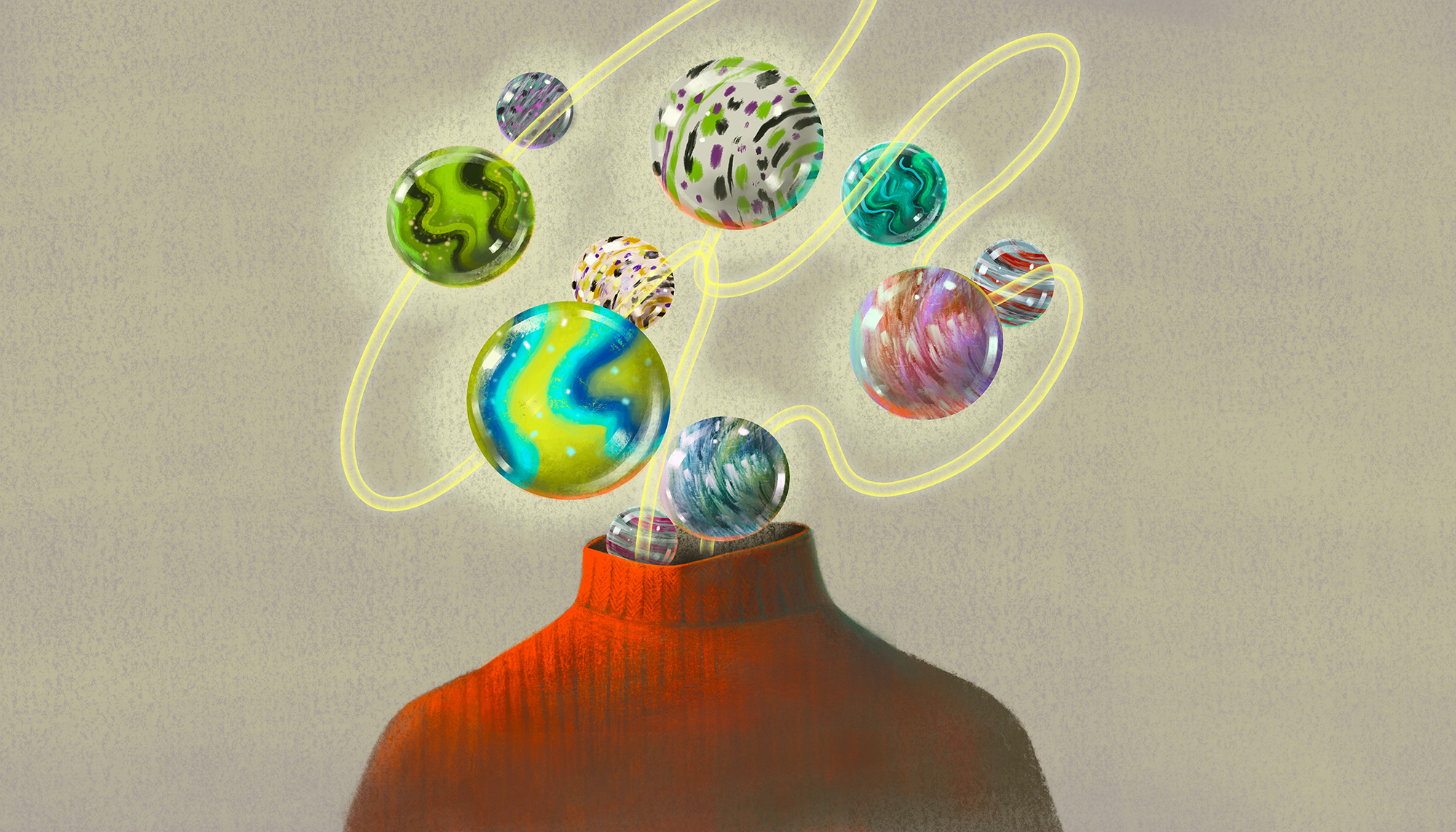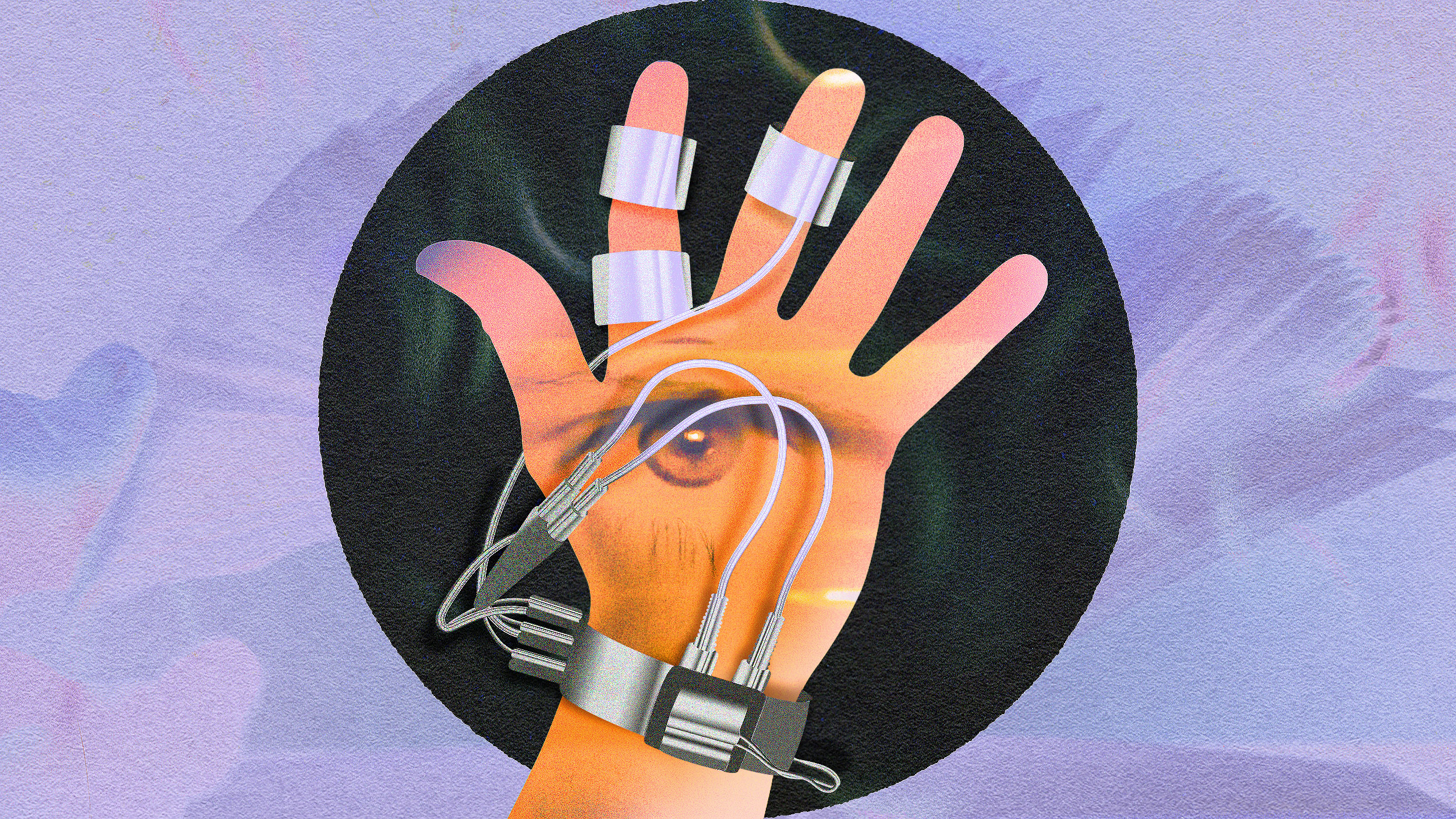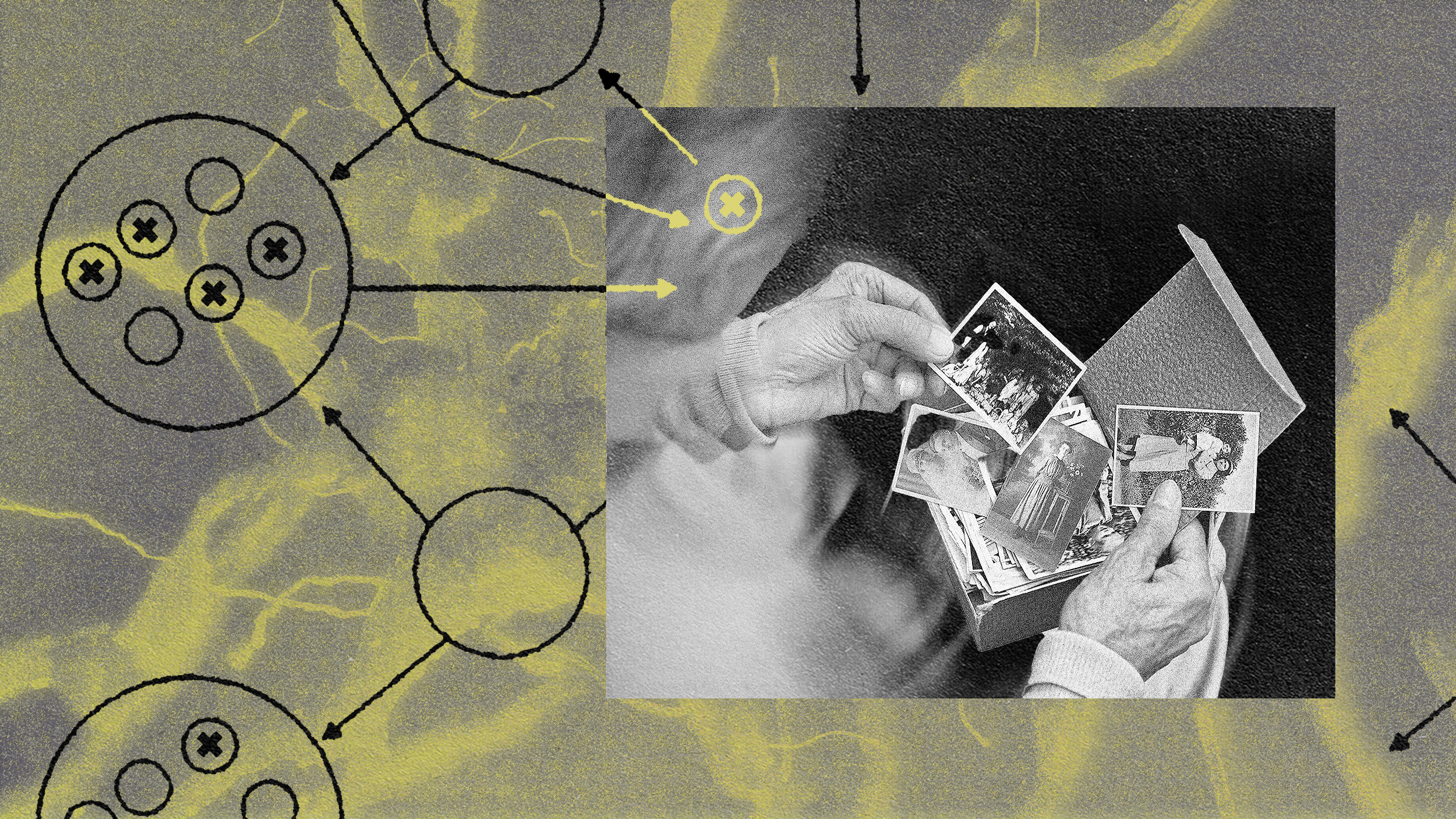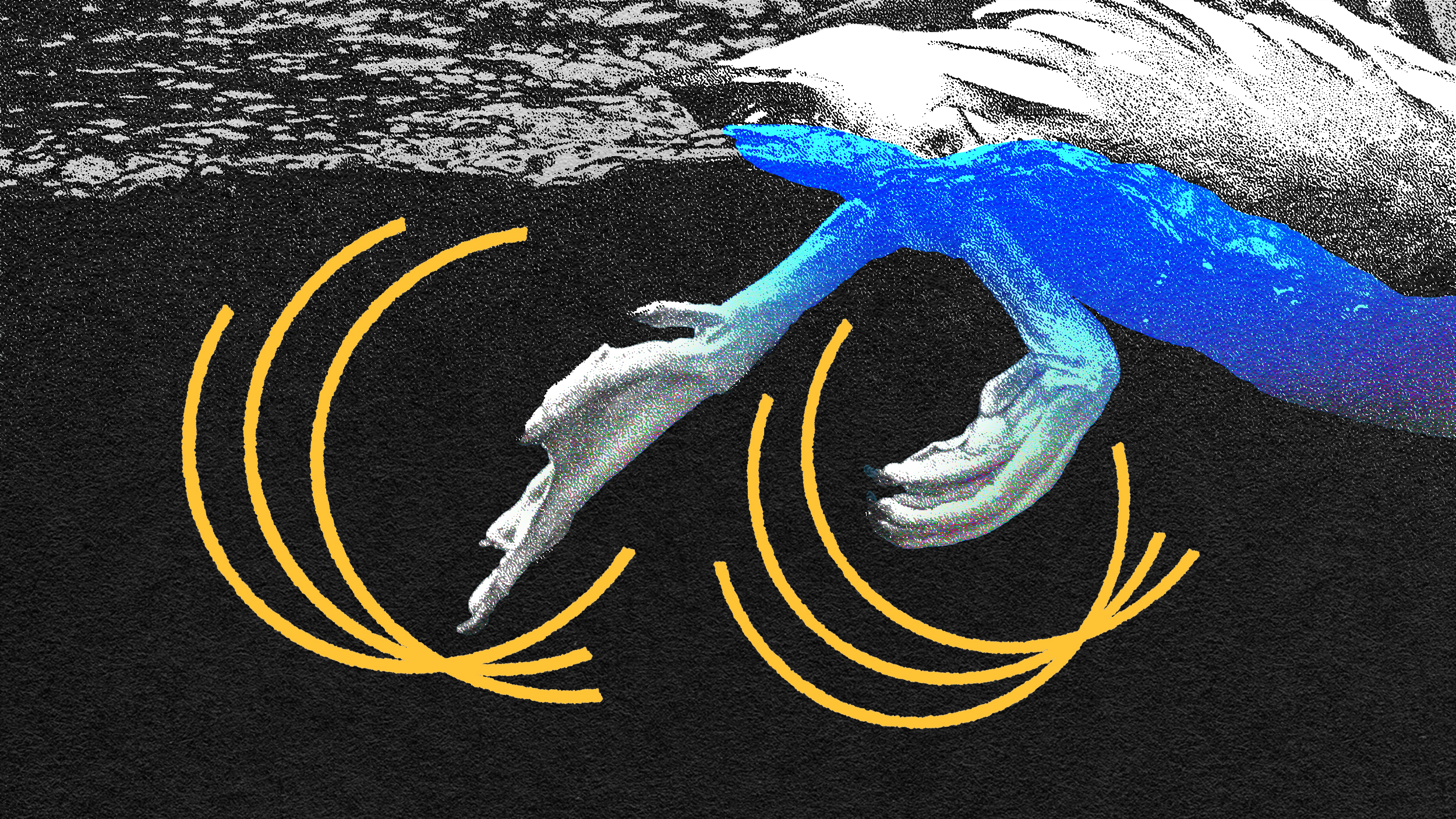Robin Williams died because of ‘a terrorist inside his brain’

Of all of the people who died in the last few years that I grew up watching or listening to, the one that hit me hardest was Robin Williams, who committed suicide on August 11, 2014.
Many of us watched him evolve from his “Mork” character to a frenetic stand-up comic to the Vietnam radio show dude to the therapist who helped Matt Damon‘s character overcome child abuse to a cross-dressing helicopter Dad — and so many more roles, so many masterful performances.
He was absolutely one of the finest actors and comedians to ever grace our culture.
To help clear up just what her husband and love of her life faced those last several months, his wife Susan Schneider Williams recently penned a letter to the official journal of the American Academy of Neurology, entitled “The Terrorist Inside My Husband’s Brain.”
It’s a truly harrowing account of what was happening in the brain of her late husband, and you can sense just how difficult it must have been in those last several months, as he suffered from what was first diagnosed as Parkinson’s Disease, but was in fact Lewy Body Disease — which can spring from Parkinson’s rather quickly.
As you may know, my husband Robin Williams had the little-known but deadly Lewy body disease (LBD). He died from suicide in 2014 at the end of an intense, confusing, and relatively swift persecution at the hand of this disease’s symptoms and pathology. He was not alone in his traumatic experience with this neurologic disease. As you may know, almost 1.5 million nationwide are suffering similarly right now.
Although not alone, his case was extreme. Not until the coroner’s report, 3 months after his death, would I learn that it was diffuse LBD that took him. All 4 of the doctors I met with afterwards and who had reviewed his records indicated his was one of the worst pathologies they had seen. He had about 40% loss of dopamine neurons and almost no neurons were free of Lewy bodies throughout the entire brain and brainstem.
Robin is and will always be a larger-than-life spirit who was inside the body of a normal man with a human brain. He just happened to be that 1 in 6 who is affected by brain disease.”
A type of dementia, Lewy Body Disease is second only to Alzheimer’s Disease as the most common form of dementia in humans. Its symptoms include: extreme variations in attention, alertness, and executive function (dementia); recurring hallucinations; R.E.M. sleep disorder (acting out dreams); repeated falls and fainting; delusions; rigid muscles; a shuffling walk; and transient, unexplained loss of consciousness. It appears closely related to Alzheimers as well as Parkinson’s Disease.
And — this is the kicker — there is no cure. If doctors had known what Robin Williams was suffering from, as his wife said in her letter:
I am not convinced that the knowledge would have done much more than prolong Robin’s agony while he would surely become one of the most famous test subjects of new medicines and ongoing medical trials. Even if we experienced some level of comfort in knowing the name, and fleeting hope from temporary comfort with medications, the terrorist was still going to kill him. There is no cure and Robin’s steep and rapid decline was assured.
The massive proliferation of Lewy bodies throughout his brain had done so much damage to neurons and neurotransmitters that in effect, you could say he had chemical warfare in his brain.
One professional stated, ‘It was as if he had cancer throughout every organ of his body.’ The key problem seemed to be that no one could correctly interpret Robin’s symptoms in time.”
One year after Robin’s death, Susan appeared on Good Morning America to talk about what they knew then about the disease, and it sounds absolutely heartbreaking.
Watch:
Thumbnail image Creative Commons licensed via Flickr. Some alterations made to the original.





